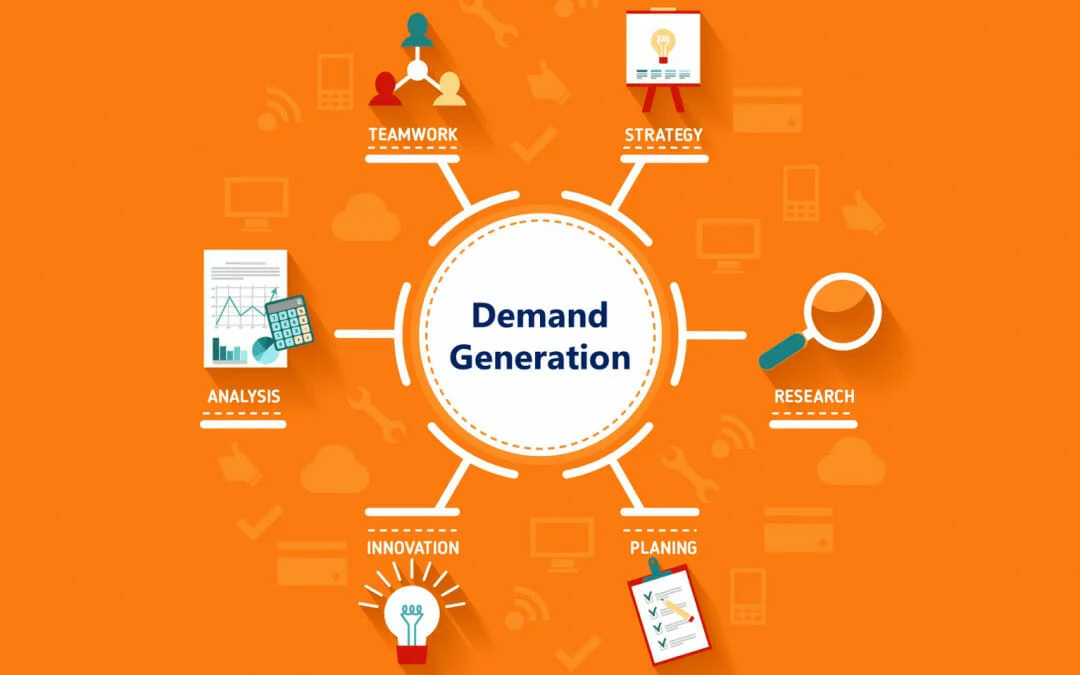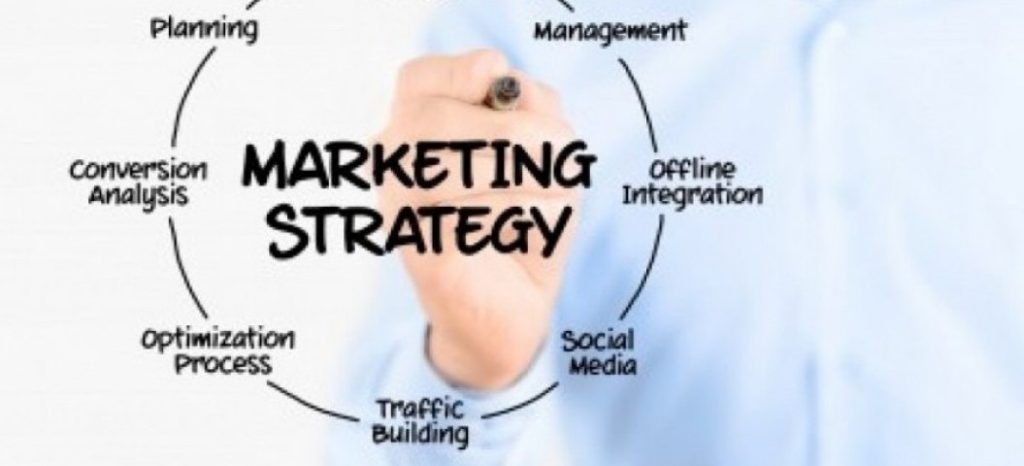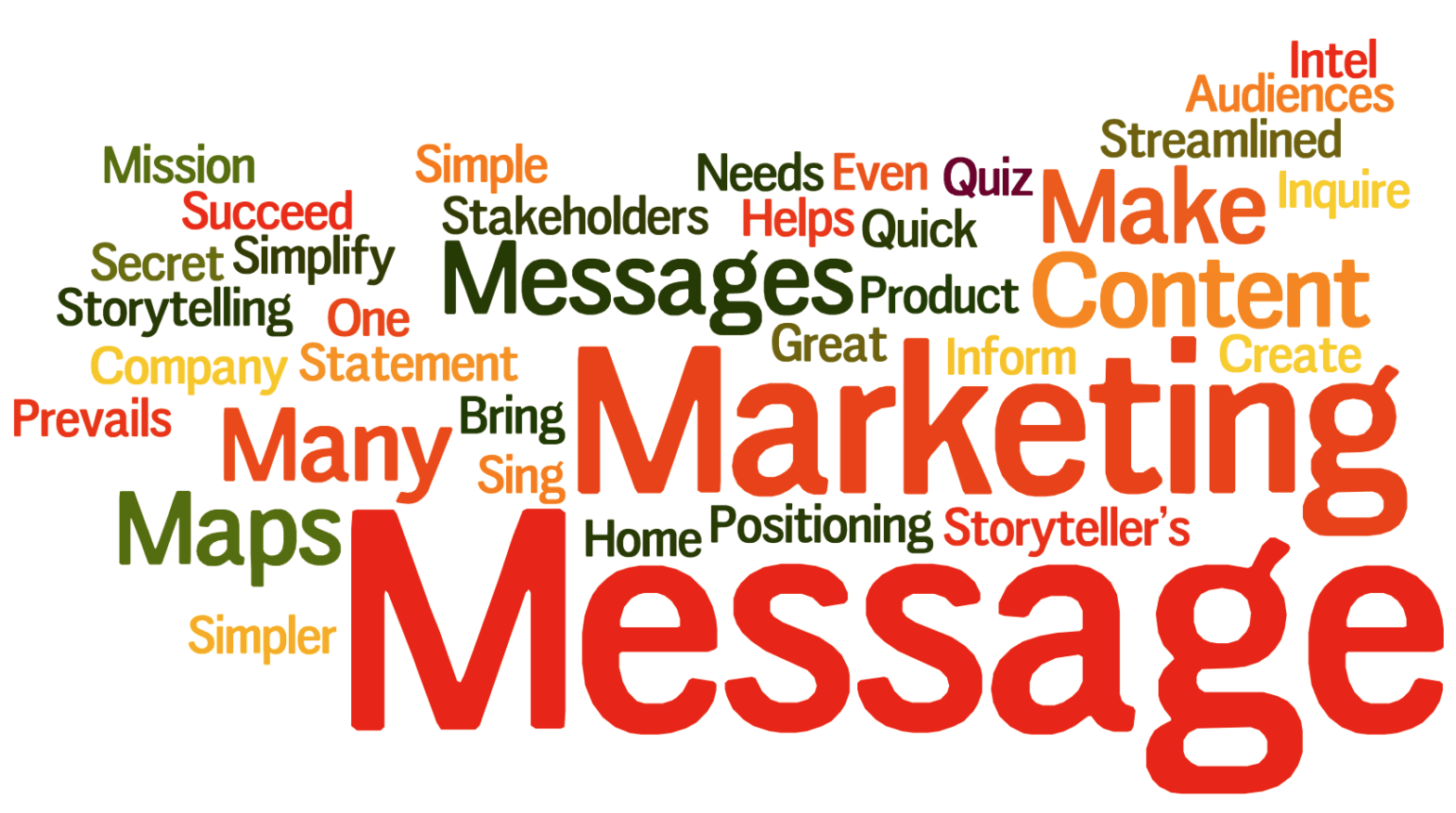Content Marketing Is The Key To Demand Generation
In today’s competitive digital world, capturing customer attention and driving demand for your products or services is a constant challenge. This is where content marketing and demand generation come in. While they may seem like separate entities, they are actually intricately linked and can amplify each other’s effectiveness significantly.
The Intersection of Content Marketing and Demand Generation:
- Content marketing: the creation and distribution of valuable, relevant, and consistent content to attract and engage a target audience.
- Demand generation: the broader set of activities aimed at creating awareness and demand for a product or service.
When these two strategies are combined, they create a powerful synergy that:
- Attracts potential customers
- Nurtures relationships
- Converts leads into customers
- Drives sales
Benefits of Content Marketing for Demand Generation:
- Provides value and builds trust: Content that addresses your audience’s needs and pain points establishes your brand as a thought leader and builds trust, making them more likely to engage with you.
- Boosts SEO and organic traffic: High-quality content gets indexed by search engines, increasing your website’s visibility and driving organic traffic.
- Nurturing leads and moving them through the sales funnel: Different types of content cater to different stages of the sales funnel, providing valuable information at each step and guiding potential customers towards conversion.
- Cost-effective: Compared to traditional marketing methods, content marketing offers a higher return on investment.
Creating Effective Content for Demand Generation:
- Define your audience: Understand your target audience’s needs, challenges, and interests to tailor your content accordingly.
- Set clear objectives: What do you want to achieve with your content? Increased brand awareness, higher website traffic, or more leads?
- Choose the right content types: Blogs, articles, webinars, infographics, ebooks, case studies, and social media posts are all effective formats for different stages of the demand generation funnel.
- Focus on value and quality: Provide actionable insights, solve problems, and offer unique perspectives to keep your audience engaged.
- Optimize for search engines: Use relevant keywords, meta descriptions, and internal linking to improve your website’s SEO ranking.
- Include strong calls to action: Guide your audience towards the next step, whether it’s signing up for a newsletter, downloading an ebook, or making a purchase.
Beyond Content Creation:
- Content distribution: Utilize various channels like social media, email marketing, and paid advertising to reach your target audience.
- Metrics and analytics: Track key metrics like website traffic, engagement rates, and conversion rates to measure the effectiveness of your content and make adjustments as needed.
- Ethical considerations: Be transparent, respect data privacy, and avoid misleading claims to build trust with your audience.
Future of Content-Driven Demand Generation:
- Artificial intelligence (AI): AI-powered tools will personalize content delivery and create interactive experiences.
- Virtual reality (VR) and augmented reality (AR): Immersive content formats will enhance engagement and brand storytelling.
- Data-driven decision-making: Comprehensive data analysis will optimize content strategy and effectiveness.
Actionable Steps:
- Review your current content marketing strategy.
- Define your target audience and their needs.
- Set clear objectives for your content.
- Create a content calendar to plan and organize your content creation.
- Diversify your content formats and channels.
- Track key metrics and analyze the results.
- Test and adapt your strategy based on data and insights.
By taking these steps, you can ensure that your content marketing efforts are effectively driving demand generation and contributing to your business success.
Conclusion:
Content marketing plays a crucial role in driving demand generation and achieving your business goals. By understanding the principles, creating high-quality content, and staying ahead of trends, you can leverage this powerful tool to attract and convert potential customers, build your brand, and drive success.
Building an effective digital marketing program for your business can be confusing today due to the many available options. Pull out your calendar right now and let’s schedule a time when we can figure out together the ONE BIG THING you should do first to get more prospects aware of your products and services that will convert them to customers as well as start an effective marketing plan to get your brand IN Demand! Sign up for a FREE 30-Minute Discovery Call to audit your current marketing plan for better results.
Oh! When we do talk, you will get our “No Pitching” guarantee. No pitching means we will not try and sell you in any way. If you want MORE after 30 minutes you will have to ask for it! We think that sounds fair, don’t you? Well, after all, that is what we are known for.





